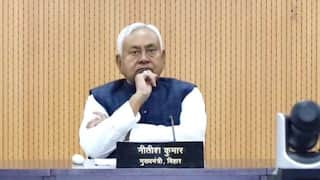Google Puts As End To 'Cache' Feature After It Becomes Redundant Due To Speed Improvement Over The Years
The said feature use to allow users to see a stored webpage in Google in case of the loading speed not being apt.

Google announced that it is finally retiring the 'cached' web page feature by terming it redundant now. The tech giant search liaison explained that the feature was originally designed with the aim of helping users access pages when their loading would be unreliable. Over the years, Google has improved significantly and now it stands tall as one of the best. Now, the loading speed has increased exponentially due to which Google has finally decided to retire the feature.
The said feature was used to allow users to see a webpage in Google as it saw the same, however, users often used this feature to check the legitimacy of the page. SEO managers on the other hand used to examine their sites for potential issues. People who were in the news industry used this feature to track content changes.
Changes In Google's Cache User Interface
Earlier, clicking on the three-dot menu next to a result and selecting 'about this result' would make a dialogue box pop up with the 'Cached' button at the bottom right. This was used to allow users to access a version of the webpage which would have been stored by Google.
Streamlining Features in Google Assistant
Earlier last month, the tech giant removed a number of underutilised features in Google Assistant with the aim to prioritise and enhance user experience. The said removal included functionalities like using voice commands to send emails, videos, or audio messages.
Furthermore, users won't be able to use their voice to perform tasks such as making reservations, sending payments, or posting on social media.
Google Bard's Gemini Pro Now Support 9 Indian Languages
In a separate achievement for the tech giant, Google's AI chatbot Bard, in partnership with Gemini Pro, is now available across more than 230 countries and territories. It supports over 40 languages and it can also communicate in nine Indian languages, including Hindi, Tamil, Telugu, Bengali, Kannada, Malayalam, Marathi, Gujarati, and Urdu.






































